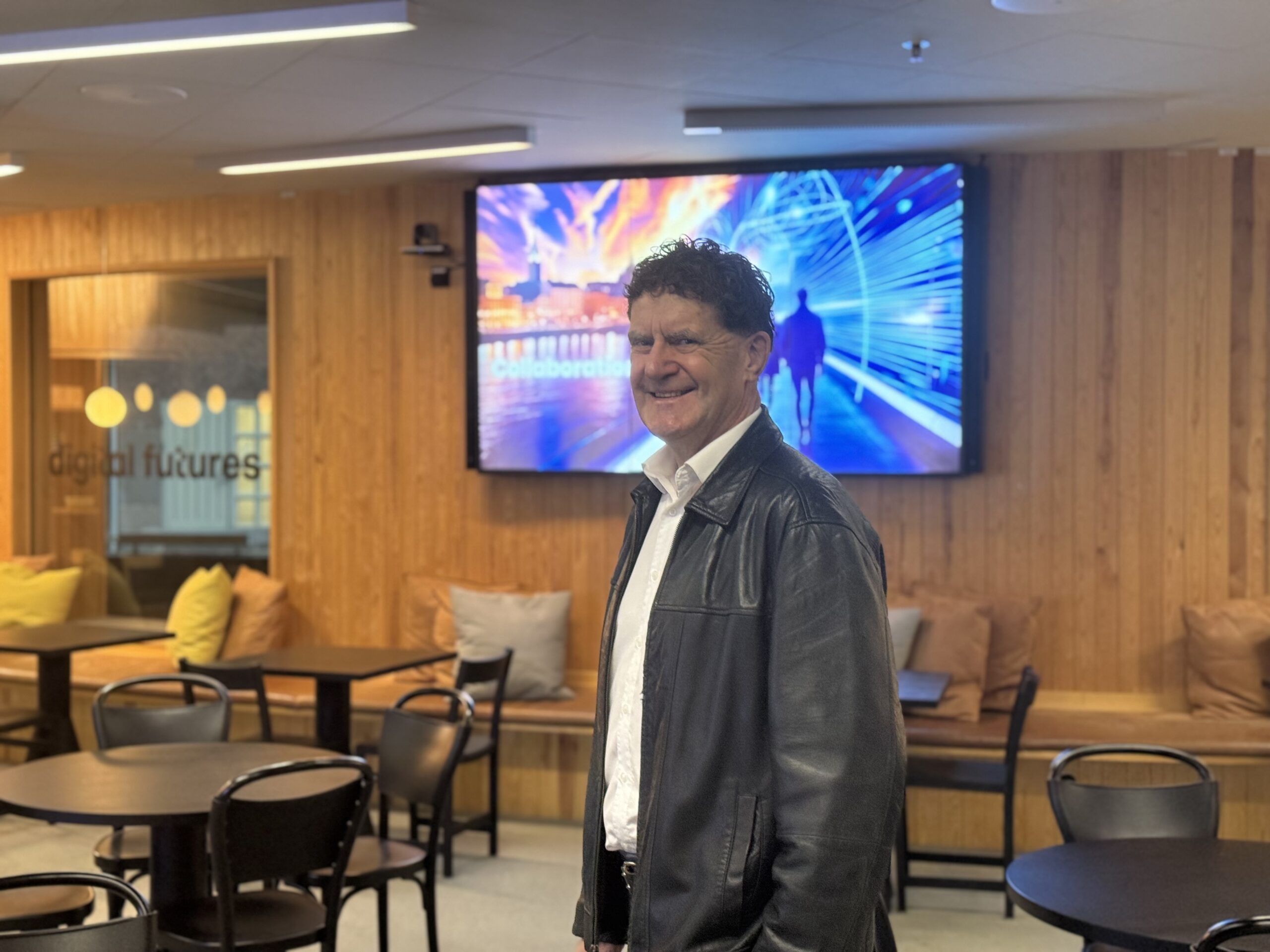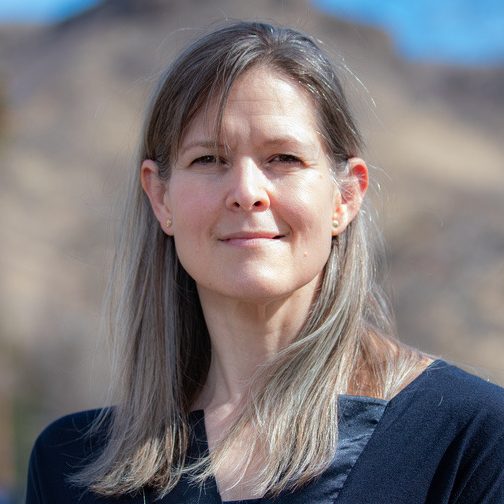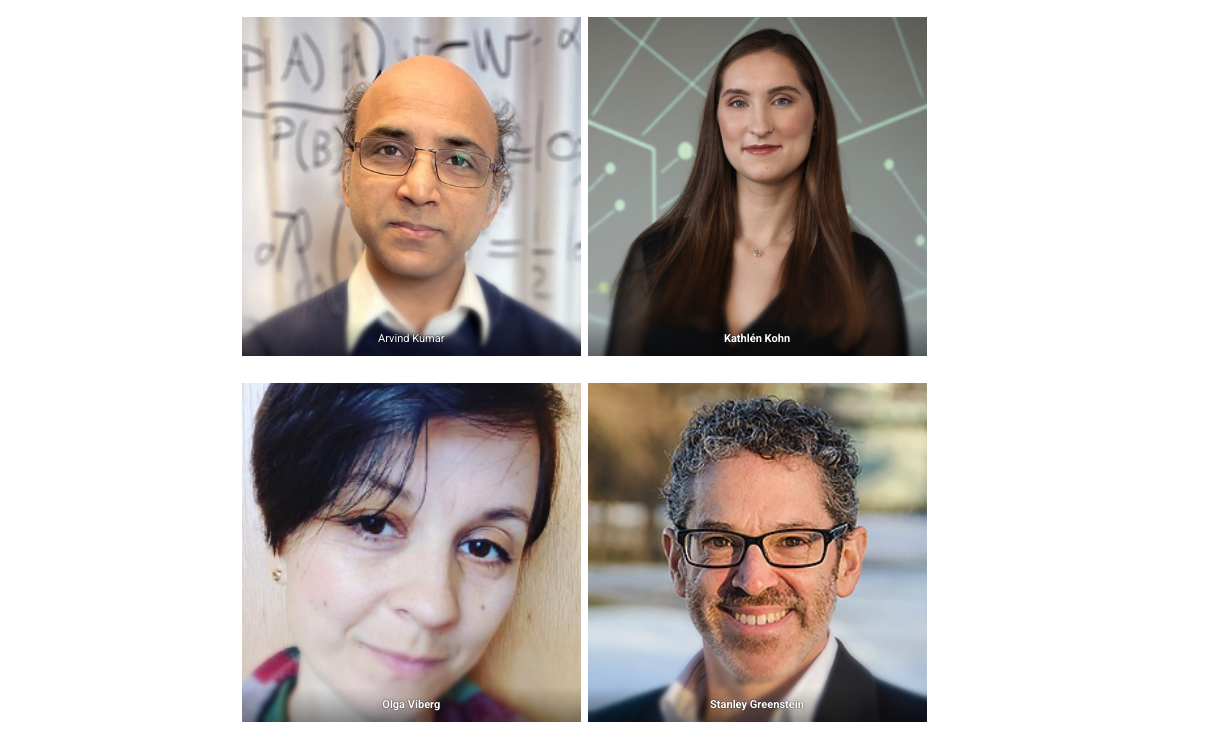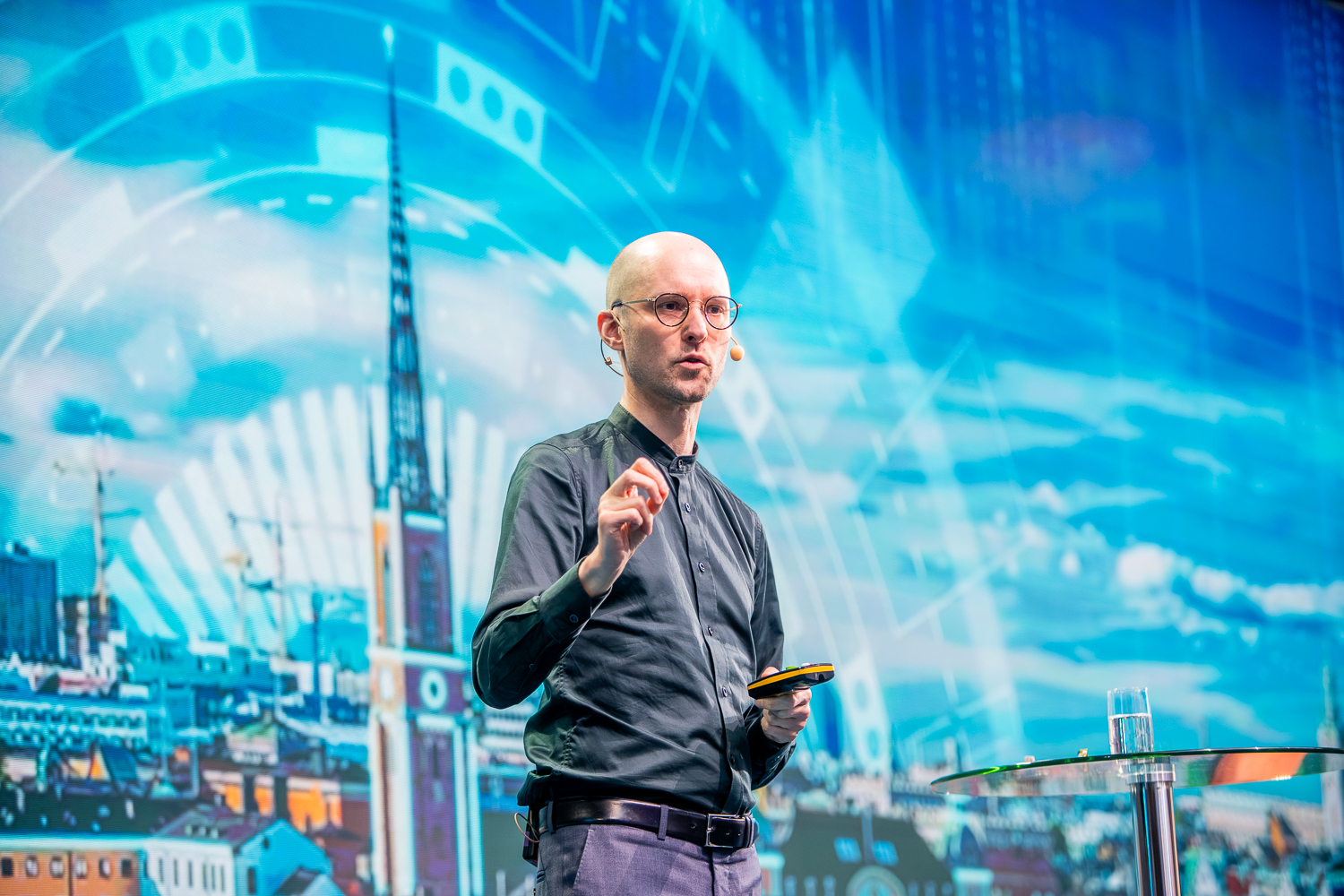Professor Allen D. Malony, Scholar in Residence at Digital Futures (1 September 2025 – 28 January 2026), is a leading researcher in high-performance computing (HPC), parallel performance analysis, and scientific software engineering. A professor at the University of Oregon in the Department of Computer Science and Director of the Oregon Advanced Computing Institute for Science and Society (OACISS), he has spent his career advancing tools and methods that help scientists make the most of modern supercomputers.
At Digital Futures, Professor Malony is collaborating with Dr. Stefano Markidis and his team at KTH Royal Institute of Technology to enhance performance analysis in plasma simulations, contributing to the PLASMA-PEPSC EuroHPC Centre of Excellence. His residency also offers a unique opportunity to exchange ideas on how advanced computing can accelerate discovery and innovation across disciplines.
In this interview, Professor Malony shares his thoughts on the evolution of supercomputing, the convergence of HPC and AI, and the role of computation in amplifying human creativity and knowledge.
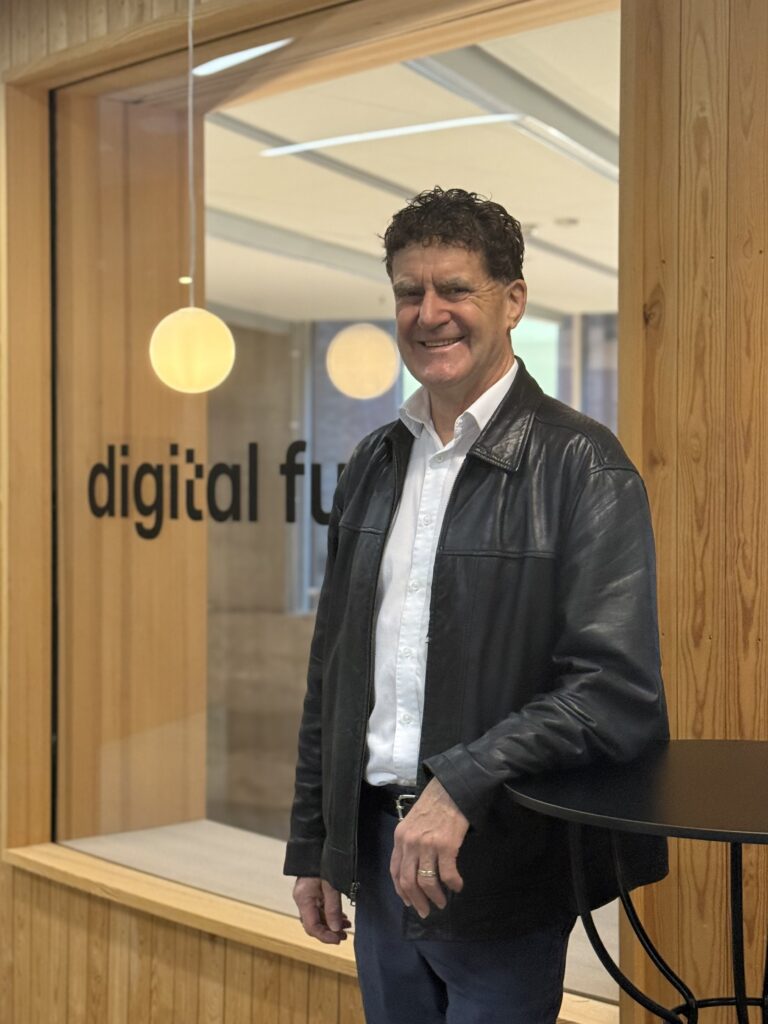
Your recent seminar at Digital Futures, “Perspectives on Supercomputing: Past, Present, and Future,” explored the evolution of computational power as a driver of human discovery. Looking ahead, what do you see as the next transformative leap in high-performance computing — beyond exascale systems — and how might it reshape scientific research and society?
– There are several exciting directions in HPC research and development that will be transformative in the future. The push towards exascale systems was motivated primarily by the challenge of building a supercomputer based on extreme-scale parallelism. This was achieved mainly through advances in data-parallel processors, but along the way, significant progress was made in overcoming challenges related to heterogeneous parallel programming and performance portability. The ability to utilize HPC machines efficiently and productively will always be essential for scientific applications — not only for those running on high-end exascale platforms.
Certainly, AI has become a key driver of big computing and is leveraging the powerful processing technologies developed for HPC. In addition to fueling large-scale machine learning and the creation of large language models, the incorporation of AI foundation models and specialized frontier models in scientific applications will have a profound impact on advancing knowledge. Reimagining scientific discovery in the age of AI will be a crucial component in integrating HPC into intelligent processes and workflows. This will profoundly affect how we formulate productive solutions to new problems.
The societal reshaping is less clear — it involves us, humanity. Alan Turing defined the concept of a computer in his 1936 paper, 90 years ago. In the span of a human lifetime, computing has literally created the reality we see today. Are there societal problems that could be helped by advances in HPC? Most certainly. I hope the will is there to do so. There are many issues beyond just the power of HPC technology that will determine what our future becomes.
At Digital Futures, you are collaborating with Dr. Stefano Markidis and his team on integrating performance analysis into plasma simulations within the PLASMA-PEPSC EuroHPC Centre of Excellence. What excites you most about this collaboration, and how do you envision performance engineering advancing the field of plasma physics and similar computational sciences?
– My research focuses on techniques to observe, analyze, and interpret parallel performance to enable productive use of HPC resources. Every collaboration with a computational science team is unique, as performance issues are contextualized by the scientific problems being addressed, the computational techniques used to investigate them, how the application codes are developed, and the nature of the HPC platforms on which they run. Integrating our performance analysis methods and tools into the computational problem-solving environment can be challenging but rewarding when successful.
What excites me about working with the PLASMA-PEPSC Centre of Excellence and Dr. Markidis’s group at KTH in particular is the opportunity to engage with state-of-the-art application codes running on high-end HPC systems. Collaborating closely with the team to investigate performance problems and apply our technology to identify and correct them is what I find most rewarding. In general, HPC performance engineering is a core aspect of HPC productivity that applies across computational science domains — and often serves as a bridge between scientific disciplines and computer science.
You’ve mentioned the relevance of deep learning and surrogate modeling to plasma computations. How do you see the convergence of high-performance computing and artificial intelligence shaping the future of computational science — particularly in areas like simulation, data analysis, and digital twins?
– Building on the discussion above, the convergence of HPC and AI will significantly change scientific problem-solving. Not only are HPC technologies enabling large-scale machine learning to build AI models, but hybrid AI–HPC systems will couple knowledge-based resources with traditional simulation in various forms. AI could be used online to more intelligently address complexity in a solution space or to accelerate computation through surrogate modeling. The power of machine learning and AI for big data analytics on HPC resources forms the foundation of data science.
A digital twin is an excellent example of embodying all the HPC+AI opportunities in a powerful virtual model for enabling advanced simulations, predictive analytics, and autonomous decision-making. The use of agentic AI within HPC workflows is another exciting opportunity to integrate intelligence directly into HPC processes.
You’ve often emphasized that computers are a “tool for amplifying human intelligence, creativity, and knowledge.” In an age of increasingly autonomous systems, how can we ensure that human insight and creativity remain central in the development and use of advanced computing technologies?
– That is a difficult and open-ended question. Advanced computing technologies will continue to be developed and used for a variety of purposes — whether they serve human insight and creativity or not. While autonomous systems are becoming ever-present in our lives, this does not necessarily have a negative effect on our ability to think and innovate.
Pablo Picasso said in 1968, “Computers are useless. They can only give you answers.” While he was likely emphasizing that computers (at that time) lacked creativity, curiosity, and insight, the quote can also be interpreted as an observation about the difference between a tool that solves problems and a human’s ability to pose questions. It is the questions we ask that motivate us to create the tools — or art — needed to answer them.
Your career spans global academic and research experiences — from Fulbright Chairs to international collaborations like this one at KTH. What do you hope to take away from your residency at Digital Futures, and how do you see international partnerships influencing the future landscape of high-performance and computational research?
– For me, it is all about personal experiences in different academic and research environments and cultures. By purposefully placing oneself in a new setting, one gains new perspectives and expands awareness of how others see the world, what they care about, and why the things they think about matter to them. This not only helps me become a better academic and researcher but also offers an opportunity to meet new colleagues and establish connections that will hopefully be fruitful now and in the future. That is what I hope to gain from my residency at Digital Futures. I am an intellectually curious person, and Digital Futures is an intellectually rich place to be.
The landscape of high-performance computing and computational research has always been international, with partnerships at many levels. While there is healthy competition between nations in HPC technology and investment, there are also international and global concerns that motivate us to work together toward shared solutions.
You’re spending several months in Stockholm as part of your residency at Digital Futures. How has your time here influenced you so far — both professionally and personally? Are there particular experiences, people, or places that have inspired you during your stay?
First and foremost, I am extremely impressed by Digital Futures — its mission and organization. I feel welcomed and truly appreciate the supportive environment and opportunities provided to me. Giving a seminar here was a positive and rewarding experience, as it allowed me to reflect on key topics and think about future directions.
The intellectual energy at Digital Futures and KTH is stimulating, and I am inspired by the range of research interests and projects being pursued. I am learning more about the HPC and AI initiatives in Sweden and across the EU, and I hope to find opportunities to collaborate with the outstanding people I have met here in the future.
Stockholm is a vibrant city, and I have enjoyed several cultural events so far — including the Stockholm Jazz Festivalmost recently. I’m looking forward to the Christmas celebrations and perhaps a visit to Lapland to see the northern lights before I leave. Kayaking is a passion of mine, and I have been fortunate to explore the Swedish archipelago on a couple of occasions — it is truly beautiful. I am also a long-time sauna enthusiast, and I enjoy being in a place that values the finer things in life.
Text & Photo: Johanna Gavefalk

